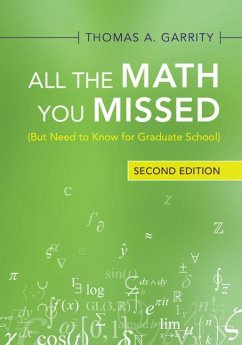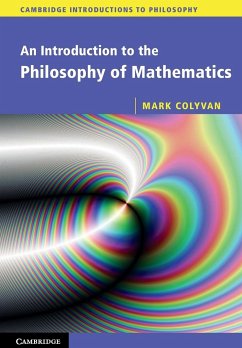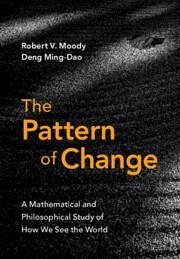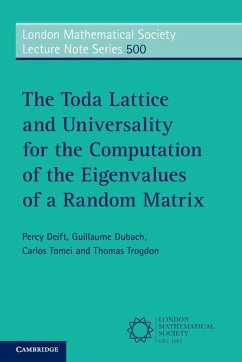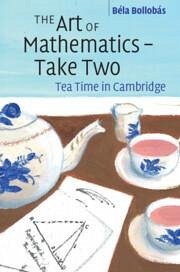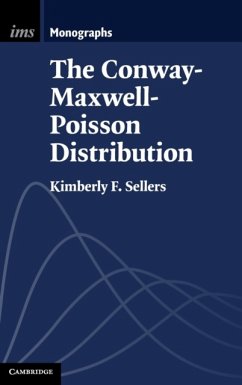
Four Open Questions for the N-Body Problem
Versandkostenfrei!
Versandfertig in 1-2 Wochen
42,99 €
inkl. MwSt.

PAYBACK Punkte
21 °P sammeln!
Examining the classical N-body problem, this book demonstrates that the field is still vibrant, exploring four of the big open questions. It describes the progress made, emphasizing open areas of research. For mathematicians, physicists, and astronomers curious about the N-body problem, this book presents the state of the art.






